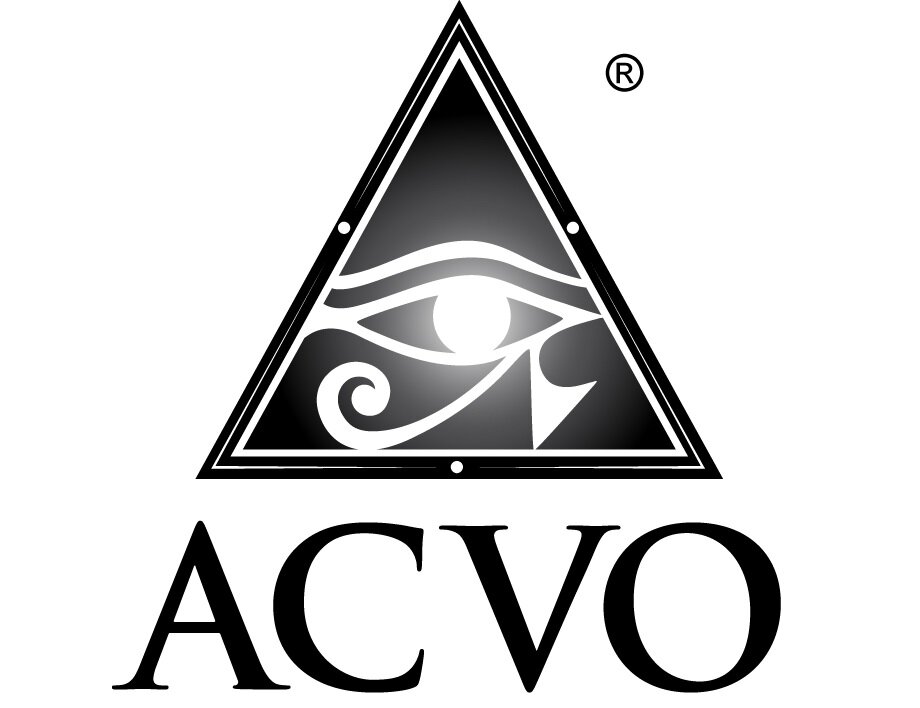Ocular Prosthesis (Evisceration)
Patricia Mundy, VetMB, MA, MRCVS, DACVO
What is an ocular prosthesis?
Placement of an ocular prosthesis, also called an evisceration, is a surgical procedure in which the inner contents of the eye are removed and a specially designed silicone sphere is inserted into the eye. The outer shell of the eye and eyelids are left intact. After a short post-operative recovery period, the eye is comfortable. While the cornea may have a gray or cloudy appearance after the procedure, the eye otherwise appears normal. Placement of an ocular prosthesis, also called an evisceration, is a surgical procedure in which the inner contents of the eye are removed and a specially designed silicone sphere is inserted into the eye. The outer shell of the eye and eyelids are left intact. After a short post-operative recovery period, the eye is comfortable. While the cornea may have a gray or cloudy appearance after the procedure, the eye otherwise appears normal.
What are indications for prosthetic?
An ocular prosthesis is an alternative to removal of the entire globe (enucleation). Eviscerations are generally performed for chronic glaucoma that has caused the eye to become blind and painful. This surgery removes the source of the pain.
What should be expected after prosthetic (evisceration) surgery is performed?
After the surgery, some swelling and redness around the eye and eyelids accompanied by a mucous discharge from the eye may be expected for several days. During this period, the eye may be somewhat uncomfortable and you can expect some decrease in your pet's activity level. The eye will appear red, from bleeding inside the eye caused by the surgery. Blood vessels will also temporarily grow into the cornea making it appear red. Both these changes resolve over the first several weeks following surgery, and then the eye will become a blue to gray color, which is usually a permanent change. Two to three months are required before the eye assumes its final, cosmetic appearance.
Postoperative therapy generally includes topical antibiotic drops and oral antibiotics. Pain relief medications are sometimes given for several days. A recheck appointment is required after two weeks, and periodically after that.
What is the long-term outcome for a prosthetic?
Approximately 98% of patients receiving an intraocular prosthesis have a successful outcome, and the eye is comfortable. Complications, which are uncommon, include ulceration of the cornea (especially if the cornea is not normal prior to surgery), development of Keratoconjunctivitis sicca (Dry Eye) and infection of the prosthesis or suture line. In many instances, these complications may be managed with additional medication or surgery. Rarely, removal of the prosthesis and the eye is necessary.
Figure 1: Prosthetic eye sample
Figure 2: Dog with one enucleated eye and one prosthetic eye


